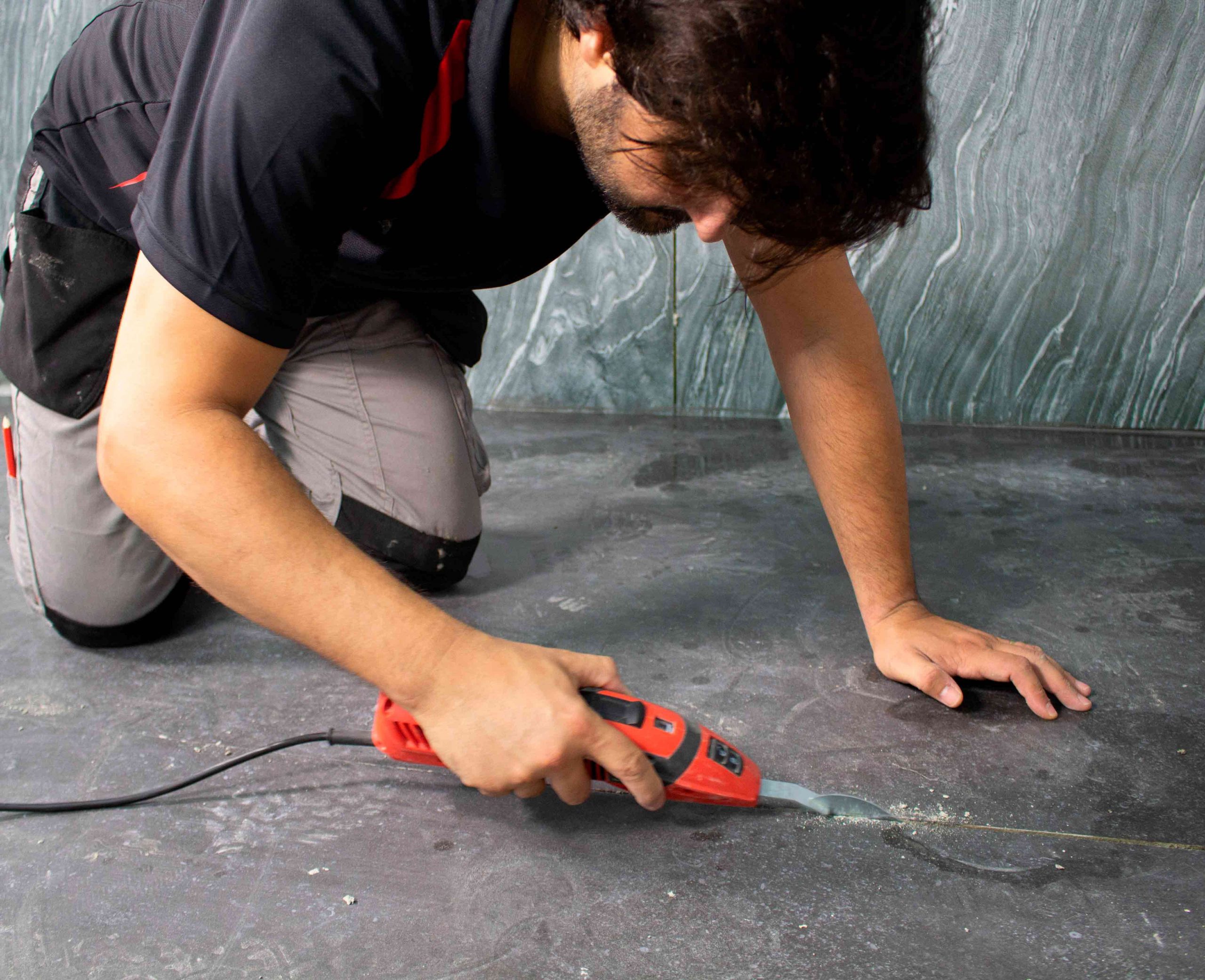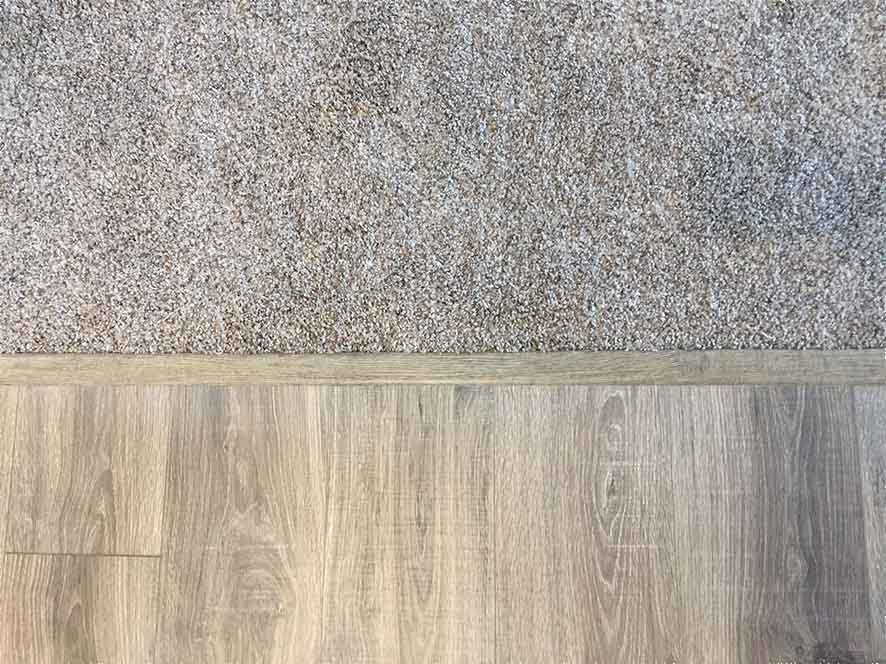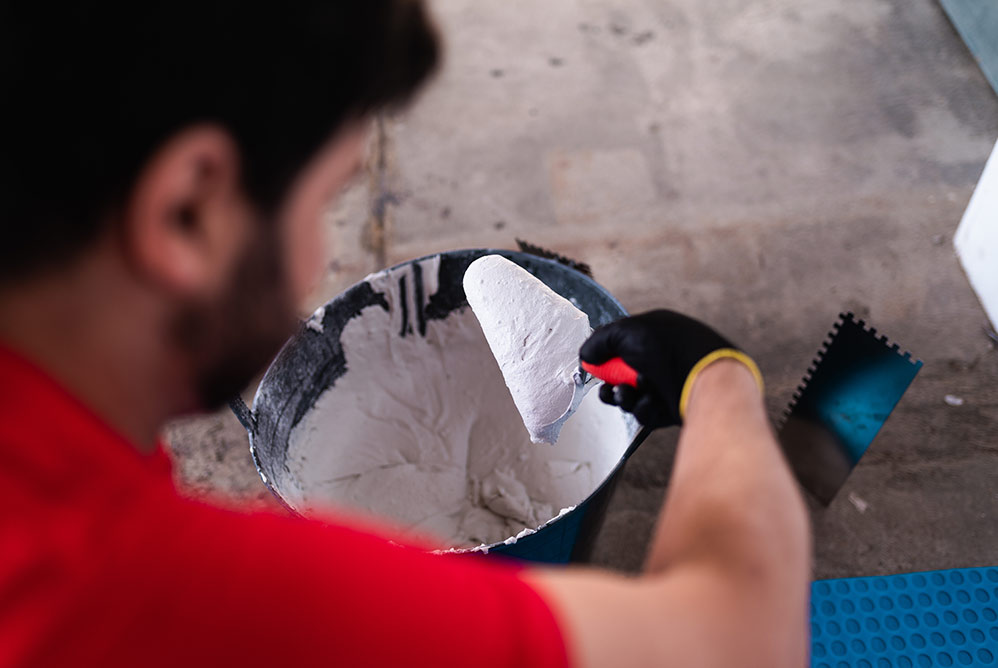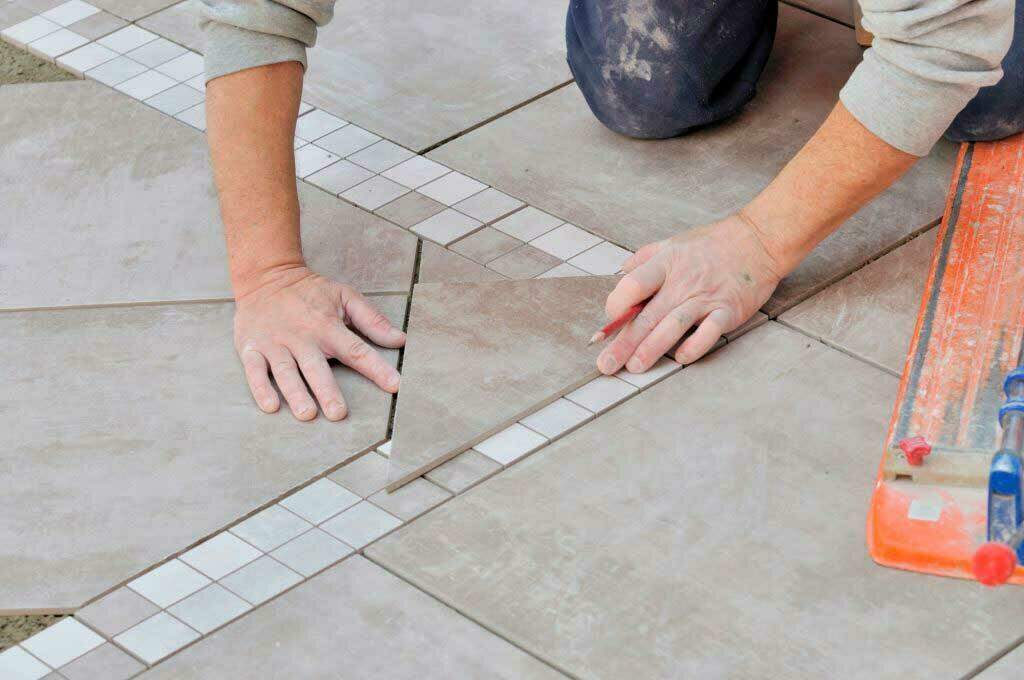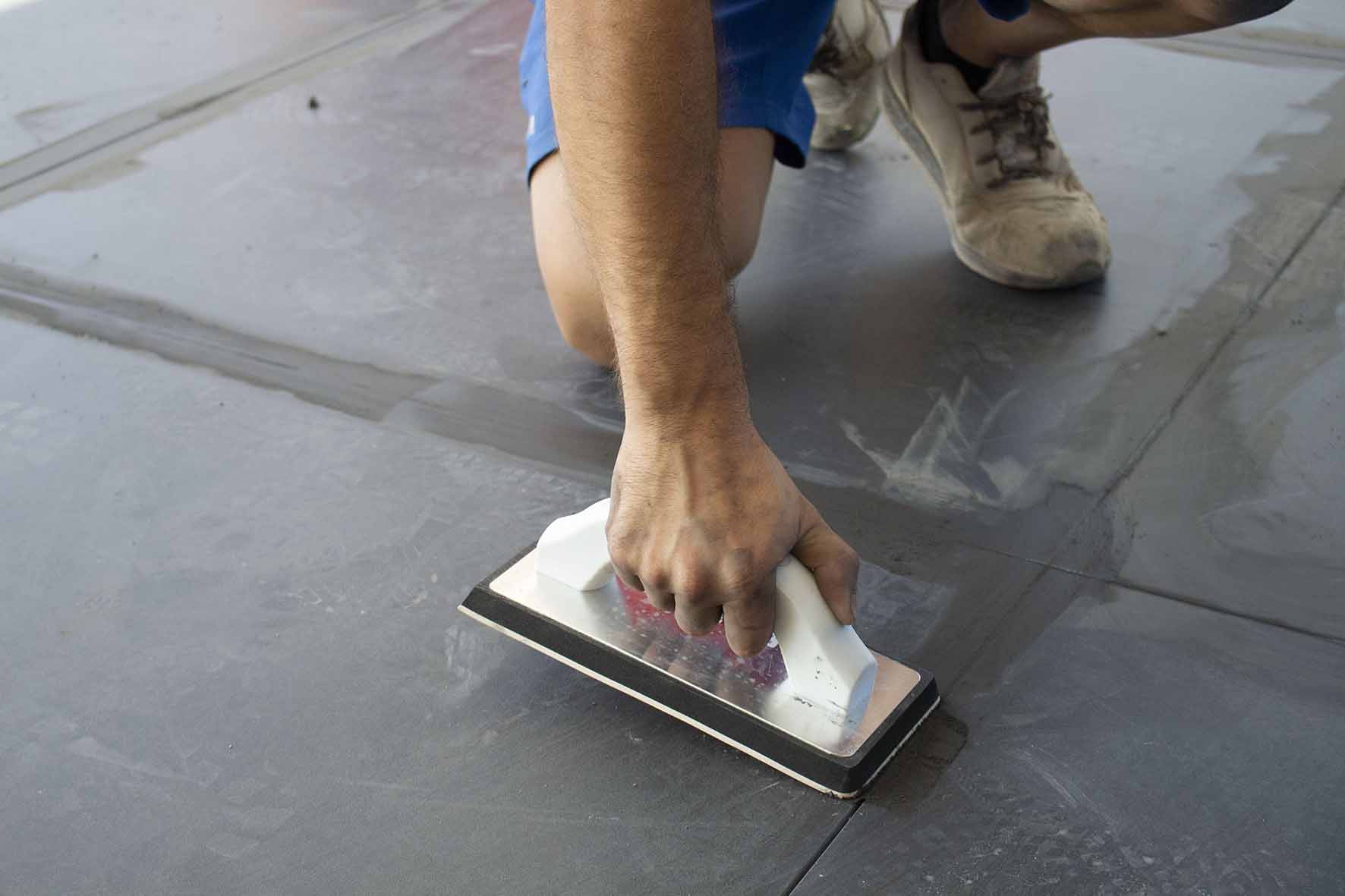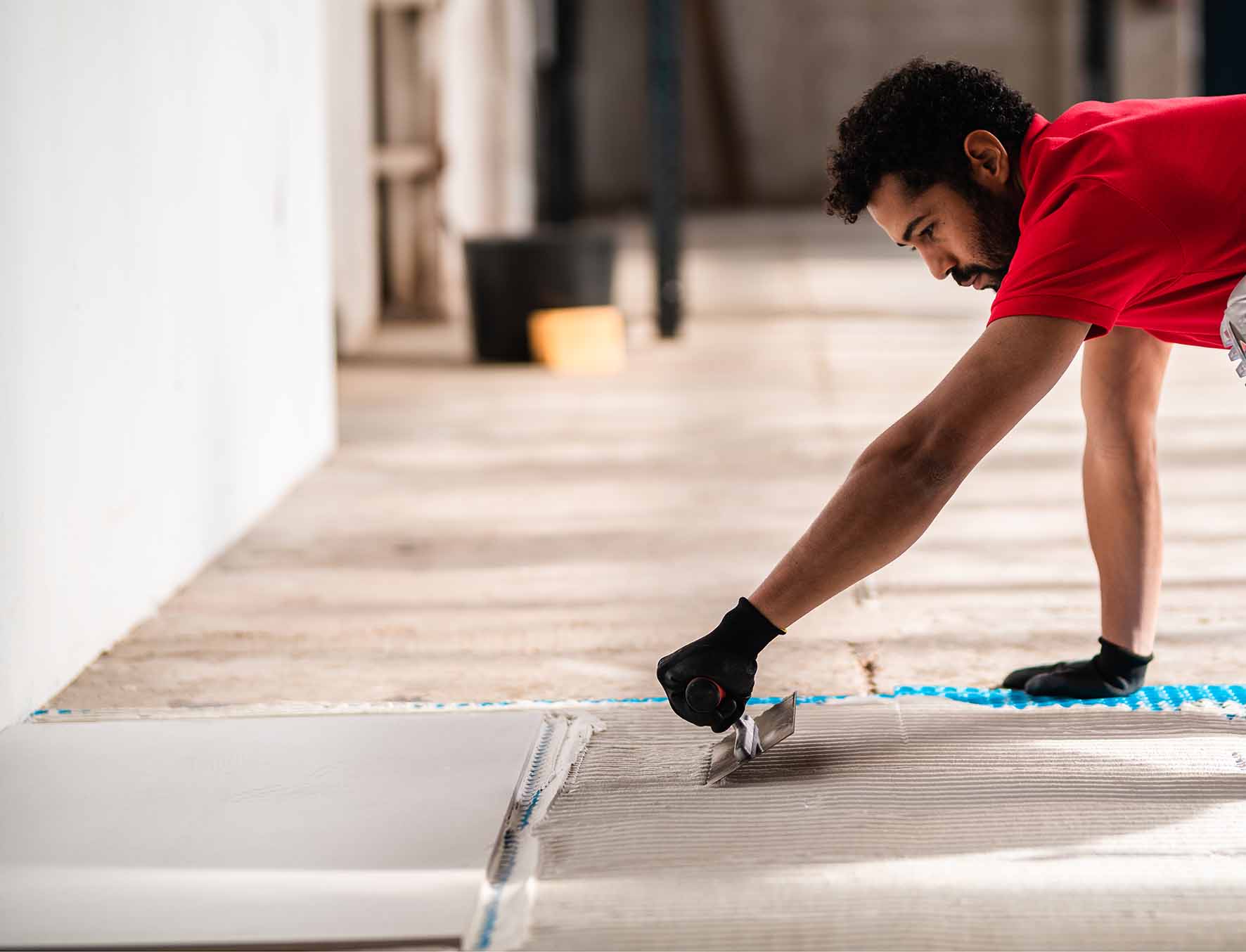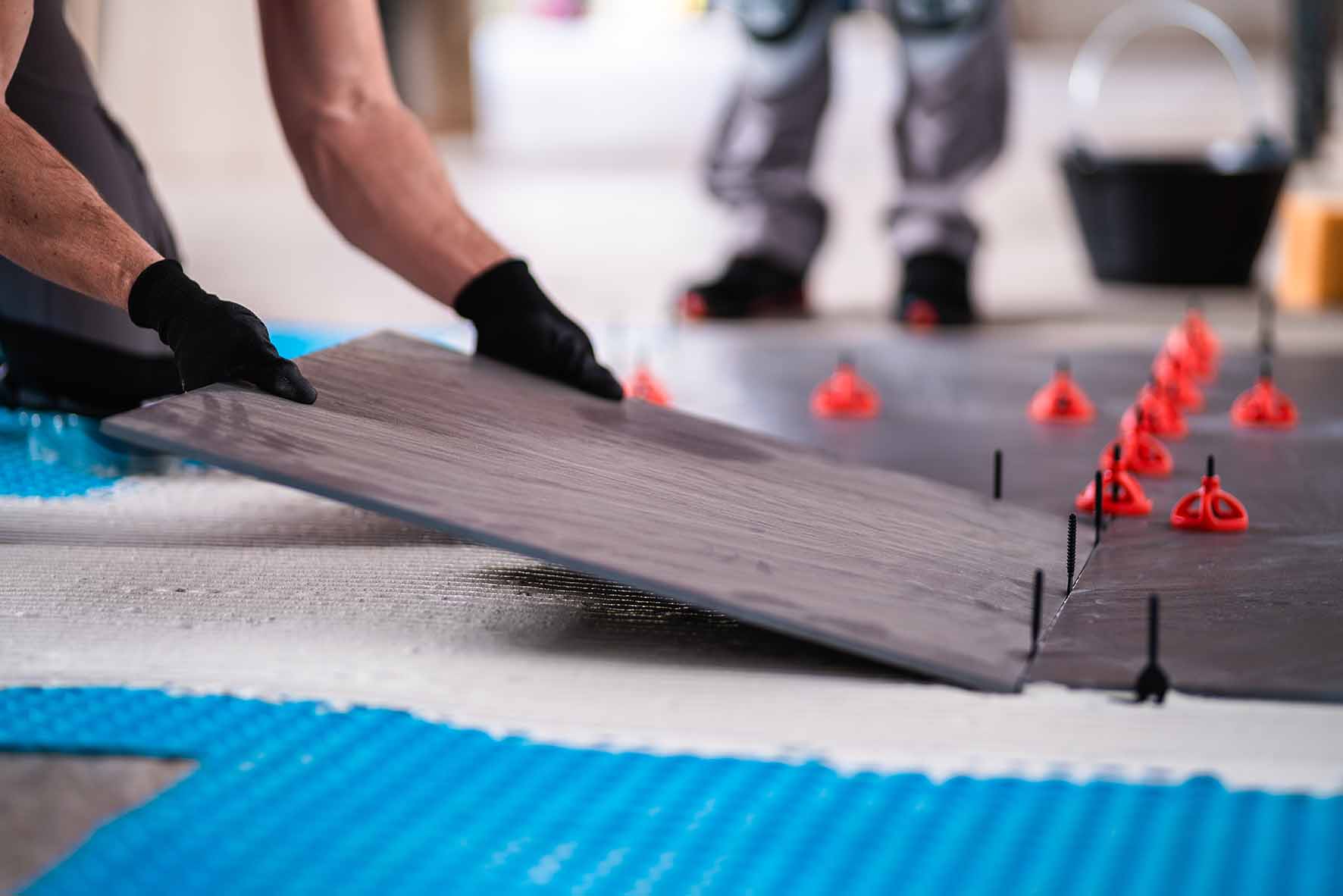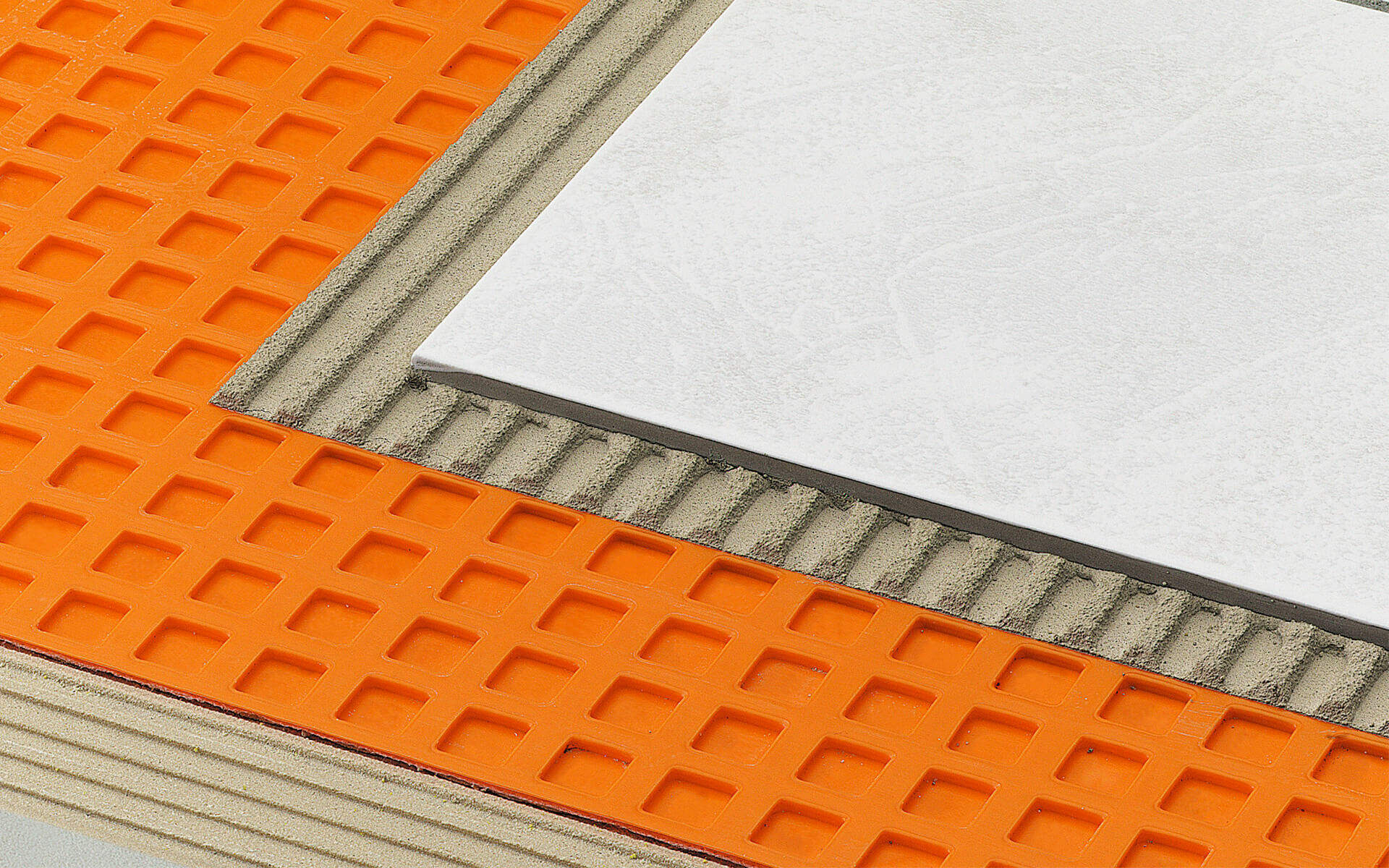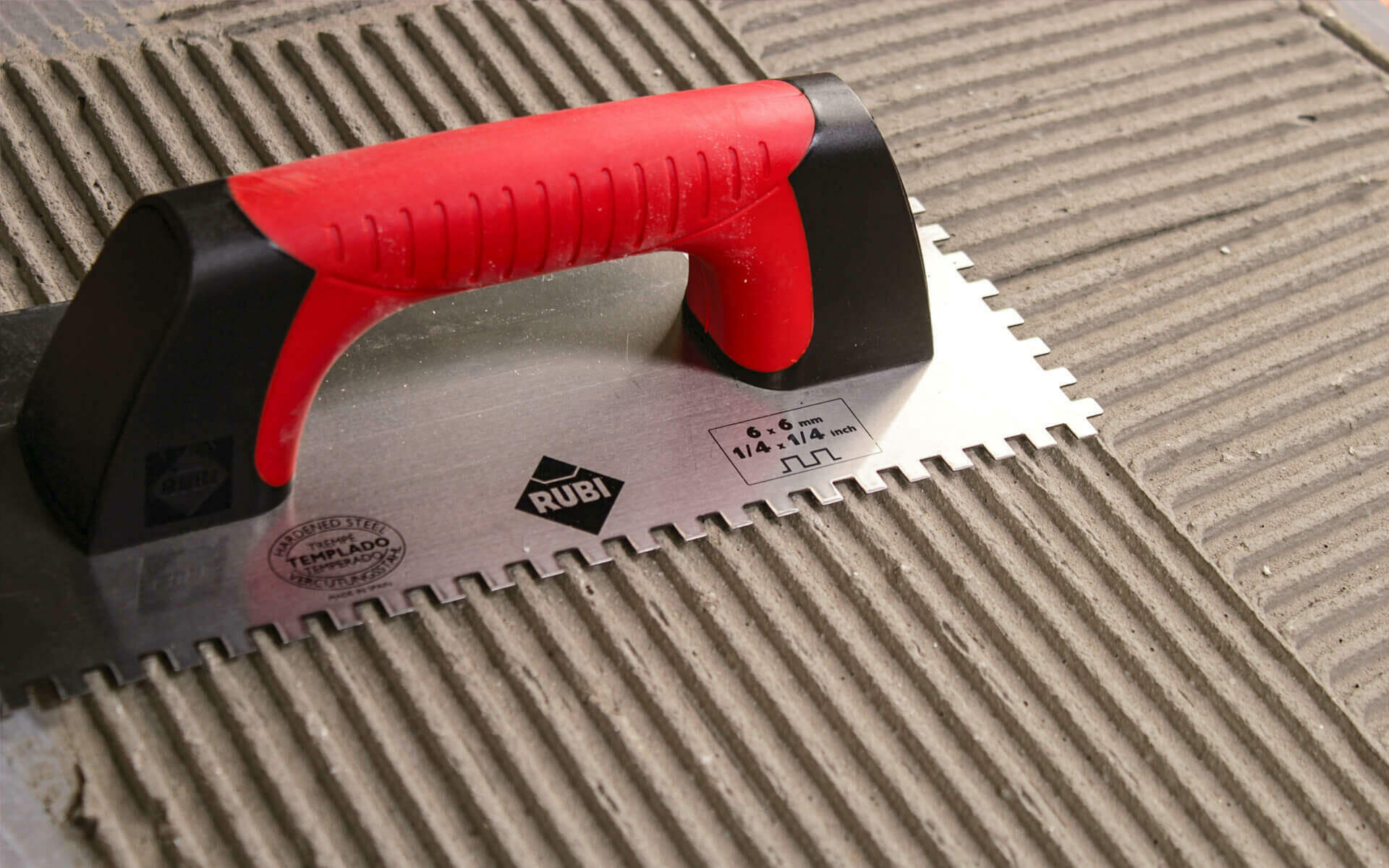When installing tiles or stone, it’s important you choose the right type and grout to complete the project. Grout is an essential part of the tile installation process. Choosing the right one can make a huge difference in the end result of your installation. It affects how it looks as well as how successfully i...
VIEW MORE
Tips & Tricks - 5
-
-
The last step in most tile installation projects is the tile to carpet transition. It's a key aspect of the job when you learn how to tile. It’s the final touch that can give your work an elegant and thorough look. However, it’s also one of the things that can disrupt the flow of your tile installation project ...VIEW MORE
-
If you’re just learning how to tile then you might ask yourself, can you tile onto plasterboard? In short, the answer is yes. But there are a few things you need to know before you go ahead and start tiling. Read on to learn our tips and tricks for success when tiling on plasterboard. Preparation Befor...VIEW MORE
-
Porcelain and ceramic tiles can often be confused with each other. They look alike and share the same colours and sizes but believe it or not, there are huge differences between them. With that, this How to Tile article, we are here to teach you all about how to cut porcelain tile and how to choose the best porcelai...VIEW MORE
-
You’ve just learned how to tile and you’re installing your first tile project. Everything looks good except there are spaces between the tiles. What do you do? Simply apply grout between these spaces using a grout float. This creates the impression of a continuous surface. But what is a grout float and how d...VIEW MORE
-
You might have taken on a few small home improvement projects over the coronavirus pandemic, or you might be considering DIY projects with the current cost of living crisis in the UK. But now you're asking "can you lay tiles over tiles?" It's a good question to ask. With the home improvement trend being here to stay...VIEW MORE
-
It can be overwhelming figuring out where to start when you first learn how to tile and you're installing tile floor. In 2021, over 3.05 billion square feet of floor tile was installed in US homes alone. The UK has seen similar trends over the last two years. If you’re learning how to tile, you’re bound ...VIEW MORE
-
When it comes to home renovations, most people will consider adding a subway tile backsplash to their kitchen or bathroom. This is a style you should know how to tile as it is a very popular option for most people in the UK.This trendy industrial-chic tile is a great way to make a big impact without spendi...VIEW MORE
-
If the tile-to-tile joints between ceramic tiles are the essential elements for reducing the rigidity of a tile covering on its outermost layer (that formed by the tiles themselves), then the tile expansion joints constitute the multilayer construction solution for absorbing the different types of forces arising fro...VIEW MORE
-
When it comes to tiling and learning how to tile and before you begin fixing tiles, you must decide which tile trowel you’ll use. And here comes the tricky part: What notch size should I use? Should I use a U-notched or a squared-notched trowel? Those are common questions you must ask yourself before ...VIEW MORE

